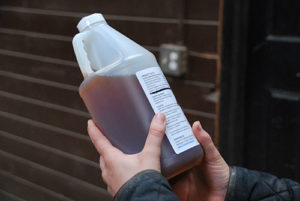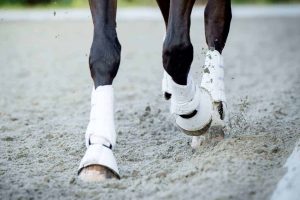How Teaching Horseback Riding Differs From Coaching Other Sports
- Topics: Article, Welfare and Industry

“Our research indicates a need for developing pedagogical theories that can be modified to incorporate the unique and special variations of pedagogy that arise in teaching equestrian sports,” said Cristine Hall, PhD, education specialist in partnership with the Online Horse College, in Caboolture, Australia. Hall presented her topic during the 2017 International Society for Equitation Science conference, held Nov. 22-26 in Wagga Wagga, Australia.
In her study, Hall observed 26 coaching sessions and conducted eight interviews with coaches. Her analyses revealed several areas where pedagogy in equestrian sports differs from that of other sports. The three main differences she found:
- Rider and horse safety education are considered essential in the sport;
- Horses have an impact on the way teaching decisions are perceived; and
- When coaches adapt a learning session, they do so in response to not only the student’s behavior but also the horse’s.
“Identifying these differences confirms that the horse does contribute to how equestrian coaches teach, which leads to a relational positioning of equestrian sports pedagogy as a unique and specialist variant of sports pedagogy,” Hall said
Create a free account with TheHorse.com to view this content.
TheHorse.com is home to thousands of free articles about horse health care. In order to access some of our exclusive free content, you must be signed into TheHorse.com.
Start your free account today!
Already have an account?
and continue reading.

Related Articles
Stay on top of the most recent Horse Health news with

















